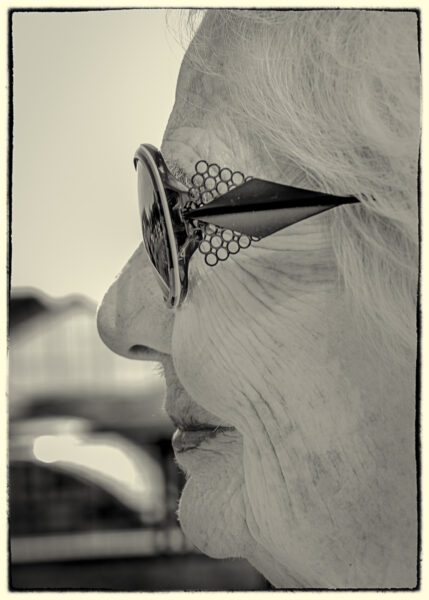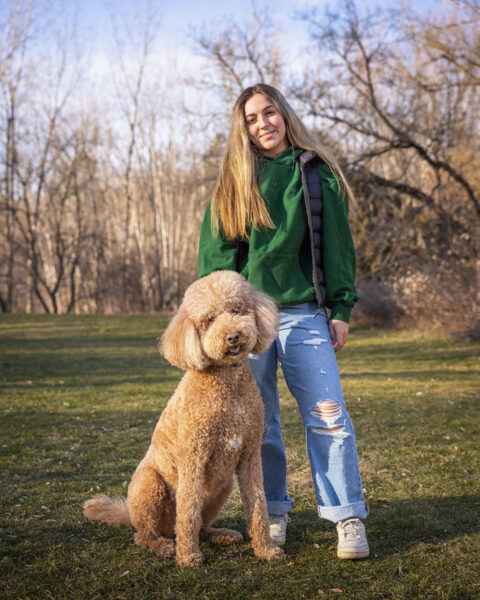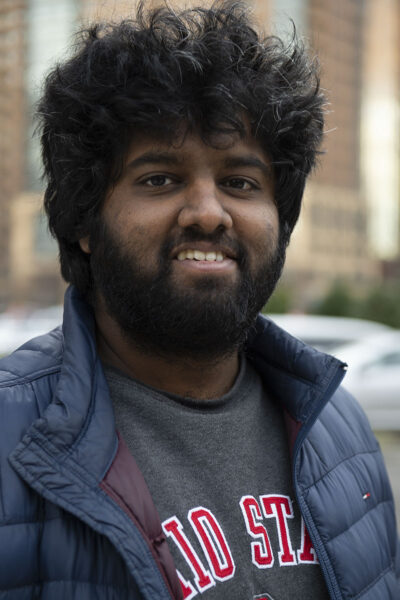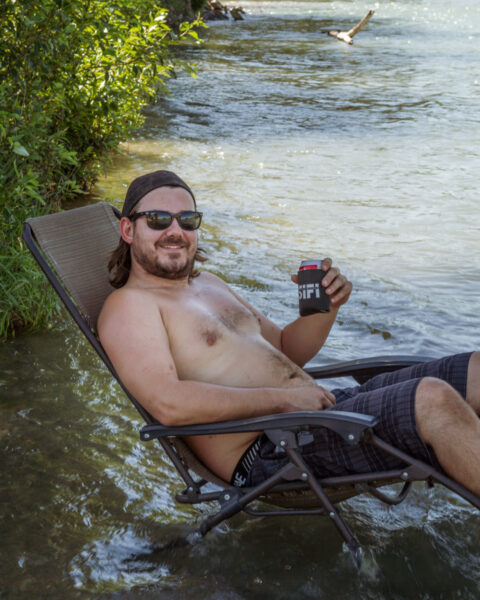P52 LEGACY: ASSIGNMENT ONE: A STRANGER
FOR SOME OF YOU THIS IS EASY, FOR OTHERS IT IS THE HARDEST THINGPhotographing Strangers: The Rewards and the Challenges.
It’s about connection. The lens, the eye, the soul.
Strangers. You know nothing about them. A blank canvas. A world of possibility.
Twenty years. A people photographer. Images of countless faces. Expressions. Emotions. Stories.
Rewards. Challenges. Both exist in the world of photographing strangers.
First, the rewards.
A moment captured. A split second. An emotion. A memory. Powerful.
Strangers become friends. Bonds are formed. The camera, a tool for connection.
The lens sees what the eye often misses. The beauty in the ordinary. The extraordinary in the mundane.
Each person, unique. A universe of experiences. Photographing strangers, an opportunity to learn. To grow.
Witnessing life. Raw. Unfiltered. Through the eyes of another.
Now, the challenges.
Approaching strangers. Not easy. Fear. Rejection. The unknown.
Trust. It must be earned. A delicate dance. A balance of power. The photographer and the subject.
A shared vulnerability. The subject, exposed. The photographer, responsible.
Ethics. A fine line. The photographer, a storyteller. The subject, a participant. Consent. Respect. Always.
Time. A precious commodity. The fleeting nature of moments. The pressure to capture, to preserve.
Every face tells a story. A privilege to witness. A responsibility to capture.
Tips. Tricks. Advice.
First, be present. In the moment. Open. Genuine. Authentic.
Next, observe. Watch for the moments that make a person unique. Their quirks. Their gestures. Their emotions.
Communicate. Speak. Listen. Engage. Connection is key.
Be respectful. Honor boundaries. Maintain integrity.
Finally, practice. Practice. Practice. Hone your craft. Learn from your mistakes. Grow.
The rewards, the challenges. Both essential to the art of photographing strangers.
In the end, it’s about connection. The lens, the eye, the soul. The photographer and the stranger. Connected. Forever. Through a single moment in time.
PHOTOGRAPHING A STRANGER: ASSIGNMENT ONE
Our first assignment is what I call the “eat the frog first” assignment. (If you have to eat a frog at the meal presented to you, eat the frog first gets the worst out of the way and you can enjoy the rest of the meal.) Works the same in most other areas of life.
For many of us asking a stranger to make a photograph is one of the hardest things we can ever do. So we are doing that first. That way, when you have to do something else that may seem hard, you have gotten the scariest thing out of the way.
Psychology… it’s a beautiful thing.
REAL-LIFE ASSIGNMENT: One of the most fun assignments I got after moving to LA was for the Long Beach newspaper. They gave me the assignment to shoot 12 people reading the newspaper for use on bus boards, billboards, and ads. The catch was they had to be real readers of the newspaper and found ‘randomly’ in the town of Long Beach.
My job was to approach regular folks, ask them if they read the paper, then ask them to pose for me in front of a white background with a current issue of the paper in front of them (like they were reading it).
I used open shade and a small seamless for my ‘set’ and shot them right where we found them. If I remember right, we gave each of them a $50 Gift Certificate to a local mall. All signed releases.
The job terrified me.
Walking up to strangers and asking for a portrait, with a backdrop, holding a paper, and signing a long release was a bit out of my comfort zone.
But I was also committed to doing what I had to do to build my business, so out to the streets of Long Beach I went.
We won a local ad award for that campaign, and it helped me land more of these ‘real people’ sorts of gigs.
Criteria:
- The person should be unknown to you.
- It can be a street portrait, studio portrait, or environmental portrait.
- It is not a candid; in other words the subject is interacting with you and aware of the photo.
- The portrait should be simply lit.
- Show the viewer a little bit about the person – through the image and the caption.
- Make notes on how you approached and worked with the subject(s) for the project.
Photographing someone you don’t know can be a scary proposition for many of us. I am fairly shy, or at least not that comfortable with walking up to someone and striking up a conversation. I usually will not do that. But with the camera around my neck, I can deflect the rejection as being not at me, but at the ‘photographer’.
I become a ‘different’ person – a persona so to speak. Make a photograph of the stranger, not a ‘grab shot’ or a ‘street’ shot, but something more akin to the “Humans of New York”. The person should know they are being photographed and participate in the image by doing something, or with some flair.
Below are some examples of student work:
Which of these photographers do you identify within the specific “Photographing a Stranger” assignment?
Eric Mcnatt Photographer
Eric Ogden
Dawoud Bey
David Eustace
Richard Rinaldi
Robert Frank photographed the people he met… strangers. His book, “The Americans” was a landmark collection of photography and he influenced countless photographers in the ‘street’ photography genre. Here is a link to his images and this is the book to add to your collection of important photographic books.
Here’s a photographer in Los Angeles making photographs of people he meets. Very interesting.
P52Legacy is free to all of my subscribers on In The Frame.
Please do not share the login info with anyone. I would appreciate that.
Each Friday a legacy assignment will be presented to you, the paid subscribers. In June, we may open up a Facebook group for the members to share work and ideas.
Thanks for your support.













